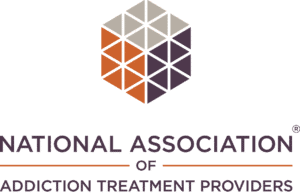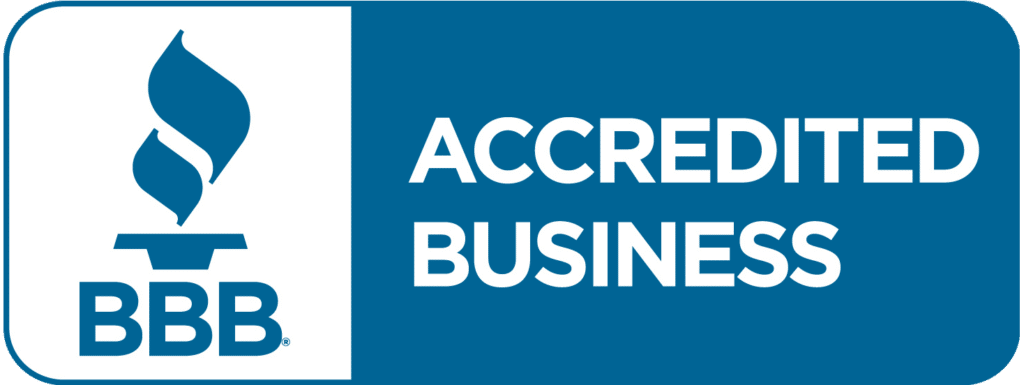In the context of treating addiction, relapse is the act of a recently abstinent addict returning to use of their addictive substance or behavior. In everyday language, relapse is commonly used interchangeably with the term “relapse into substance abuse,” which is considered the more general definition for returning to addictive behavior. Thus, addiction relapse may be a more appropriate term since not all addicts will return to abusing a specific drug or self-destructive behavior.
Addiction relapse results from the brain returning to addictive patterns of behavior that were overcompensated for in the past. Addiction relapse often occurs when a smoker begins associating situations and feelings with potential triggers for smoking, such as being in stressful situations during addiction recovery. Such stimuli can be reminders of past addictions, for example, drugs or alcohol. Once the brain develops patterns around the common relapse trigger and associates them with smoking, it may fall into old habits.
The process of relapse typically occurs in three stages:
-
Emotional relapse
-
Mental relapse
-
Physical relapse
What are the Common Addiction Relapse Triggers?
Substance abuse triggers are internal and external cues that cause a person in recovery to crave drugs and often relapse or lapse. A trigger for relapse is an emotional, environmental or social situation that drags up memories of drug or alcohol use in the past.
If you’re an addict or alcoholic reading this, you have probably gone through a relapse before. You know the signs, and you know how it feels. The potential for relapse is always there. It’s essential to learn about what addiction relapse triggers are if you want to avoid them so that you can remain sober in the future.
What are Internal and External Triggers?
-
External triggers are certain activities, locations, people, objects, images, situations, and events that can make you want to use drugs or drink alcohol.
-
Internal triggers are thoughts or emotions that make you want to use drugs or alcohol.
Relapse is a significant component of staying clean and sober. Relapse can be defined as the return to drug or alcohol use after a period of abstinence. Closely about one-third of people relapse within one month, more than half relapse by six months, and virtually all relapse within a year.
Having an understanding of why addiction relapse occurs may help you to keep from the risk of relapse. Here are five of the most common and often seen relapse triggers and ways to avoid triggers in recovery:
1. HALT: Hungry, Angry, Lonely, Tired
The HALT acronym is one of many simple tools we can use to improve our quality of daily life when facing addiction. Identifying situations that cause us to put ourselves in emotional discomfort helps us be more effective in handling them effectively. For instance, if we are Hungry, Angry, Lonely, or Tired, we become vulnerable to poor decision-making and relapse.
Naming the sensation allows us to take action that may help prevent a situation from turning into one with negative consequences.
2. Emotional Stress
Preventing relapse is a crucial part of the addiction recovery process; however, many individuals may not be fully prepared to cope with the common relapse trigger and temptations they encounter daily. These emotions can serve as reminders of a person’s history and former coping methods, inciting negative feelings of helplessness. When they feel like they are winning the battle against their drug addiction, a perceived negative emotion can lead them to use drugs or alcohol in the first place.
Anxiety is a symptom of relapse. Feeling powerless can trigger a potential relapse. Blaming others for your problems promotes relapse. Never being able to tolerate any discomfort puts you at risk for relapse.
3. Overconfidence
Reach the highest highs and the lowest lows. There’s no greater high than recovery, but that doesn’t mean you should get overconfident about your recovery. Overconfidence in recovery puts you at risk for relapse. Being optimistic about your new life as a sober individual is necessary, but becoming overconfident crosses a line from healthy confidence to self-satisfaction and addiction risk.
4. Social Isolation
Although your reliance on drugs or alcohol may have initially been your desire to fit in and feel part of a group, this reliance can easily lead to feelings of social isolation and loneliness over time. If you lack a support system to turn to when times are tough, or you’re feeling down, it can become easy to convince yourself that you need a drink or a drug of choice to help you through.
Social support is crucial to long-term recovery. To combat feelings of isolation, contact your nearest Narcotics Anonymous group or other 12 Step fellowship, and ask to be put in touch with a sponsor. Get involved in meetings and activities. This will help you build a recovery network and ease your loneliness.
5. Reminiscing
A major red flag that you have not truly accepted your addiction is when you reminisce about times from the past when you used it. This type of nostalgia is a way to romanticize your addiction, especially if you overlook all the suffering your addiction caused.
It’s important to remember that each drink or drug use was its separate incident with its consequences, emotions, and learning opportunities. These memories can stir up strong emotions that lead to the impulse to use a substance again. Objects in an individual’s everyday life may induce illicit drug cravings.
Holiday parties involving social drinking may be tricky. Avoid high-risk situations and locations. Some of the other people who may be triggering include former drug dealers, co-workers, employers, neighbors, spouses, or partners. Positive feelings can also serve as internal triggers.
Addiction is a chronic brain disease with a relapse rate similar to that of other chronic conditions like diabetes. Addiction is a ruthless master, always finding ways to trick the addict into believing that their behavior isn’t addictive. According to the National Institute on Drug Abuse, 40 to 60 percent of people who are treated for substance use disorders will relapse at some point.
If you start to rationalize your addictive behaviors by viewing them through rose-colored glasses, then you are becoming an enabler to your addiction. Focus on the pain your addiction caused you and others. This is what will help keep you on the path to sobriety.
Family dynamics may influence an individual’s substance use abstinence self-efficacy. If you find yourself stuck in a cycle of addictive behavior and are looking for a way out, complete recovery from the relapse process is possible. First, it’s essential to seek help and treatment from a professional specializing in substance abuse or mental health disorders.
Getting Help
Since many individuals with substance use disorder also suffer from co-occurring disorders, seeking help from an expert who can assess and treat any underlying condition that may have contributed to your addictive behavior is crucial.
At Silicon Valley Recovery, we provide individuals with a comprehensive treatment plan to avoid the common triggers for relapse. We use a combination of professionally supported 12-step meetings, balanced medical care, and evidence-based therapy to give patients a relapse prevention plan that they need to avoid relapse and achieve long-term sobriety. our substance abuse treatment aims to help individuals recognize the early warning signs of relapse and develop healthy coping skills to thwart a possibility of relapse.
Give us a call today at 408-547-4089 and start the recovery process. We offer a wide range of addiction treatment programs to help you fight negative behaviors.
FAQs
What are the most common triggers for relapse?
Common triggers for relapse include stress, negative emotions, social pressures, and environmental cues associated with past substance use. Additionally, certain situations or people that remind individuals of their previous habits can also act as triggers. It’s important to identify these triggers and develop coping strategies to manage them effectively.
What are 5 internal triggers?
1. Internal triggers are cues from within that prompt action. They often stem from emotions, thoughts, or pre-existing routines. Examples include boredom, loneliness, stress, uncertainty, and the desire for social connection. These triggers can drive behavior by creating a need to alleviate discomfort or fulfill a psychological need, leading individuals to seek solutions or distractions through various actions or products.
What are the top 3 factors that contribute to relapse?
The top three factors that contribute to relapse are stress, exposure to triggers, and lack of support. Stress can overwhelm coping mechanisms, making it difficult to maintain sobriety. Exposure to triggers, such as people, places, or situations associated with past substance use, can reignite cravings. A lack of support from family, friends, or support groups can leave individuals feeling isolated and vulnerable.
What are the triggers for people in recovery?
Triggers for people in recovery can include stress, emotional distress, environmental cues, social situations, and exposure to substances. These triggers can lead to cravings or urges to use substances again. Identifying and managing these triggers is crucial for maintaining sobriety and preventing relapse. Developing coping strategies and seeking support can help individuals in recovery handle these challenges effectively.
What scares you the most in recovery?
Fear of relapse is common in recovery. Many worry about returning to old habits and losing progress. It’s important to focus on building a strong support system and developing coping strategies to manage triggers and stress. Embracing a mindset of resilience and self-compassion can help in facing these fears and maintaining a positive path forward.









